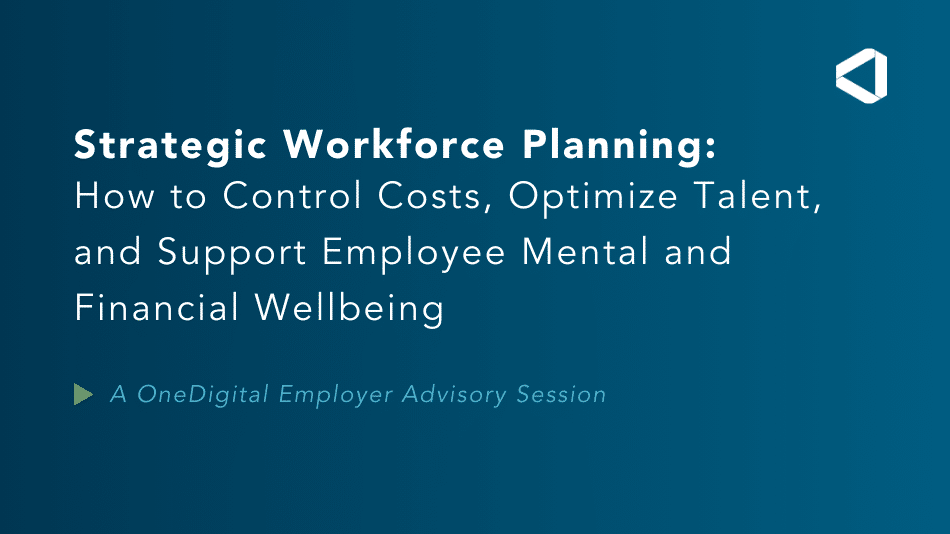Better Benefits, Lower Costs
Employers Enhance Benefits To Address Growing Stress in the Workforce
Employers Enhance Benefits To Address Growing Stress in the Workforce
As stress and burnout levels continue to rise, employers have been forced to re-evaluate how to best support their workforce in spite of external forces and with limited financial resources.
In 2021, almost 40% of companies updated their health plans to include access to mental health services. The idea that employers can worry about their people solely during work hours has long been a delusion. Between physical health concerns, heightened caregiving responsibilities, rising unemployment and increasing financial strain, to name a few, countless factors weigh heavily on employees both in and outside of the office. Employers recognize the need to focus on employee wellbeing through the holistic lens of the human experience and are catering benefits strategies accordingly.
However, the primary factor at the root of this stress is finances. When left unaddressed, financial stress can lead to distractions at work and can significantly impact stress levels as well as productivity and absenteeism.
Financial wellbeing and mental health are inextricably linked.
Financial wellness programs can offer support and guidance for employees feeling this stress. These programs encourage them to not only think about the investments in their 401K but to more holistically feel comfortable that they have a plan to pay off debts, take care of current expenses and enough in savings to cover potential emergencies. Most people cringe at the thought of talking about their finances, but introducing the concept through their employer can reduce stigma and give them a way to create a plan and stay accountable to their goals.
For most employers, it isn’t merely about providing access to a retirement plan; employees are asking for more. Over 44 million Americans collectively hold nearly $1.5 trillion in student debt. That means that roughly one in four American adults are paying off student loans. Student loan repayment assistance is a benefit that is gaining popularity because of these daunting numbers but also because through the Cares Act, employers can offer tax-free contributions to pay student loans. These contributions are tax-free for both the employee and the employer and can help employees get out of debt and give them the opportunity to ease anxiety and save more for retirement earlier in their career.
Employers are taking a closer look at employee mental health.
Many employers have increased access to mental health benefits, employee assistance programs, and flexible scheduling to combat stress and anxiety. Implementing workplace policies that include work-life balance, workflow planning, and management development programs can be a primary means of preventing the stress employees feel. Helping employees cope with the current crisis can also include resilience training. Large employers have also been quick to embrace virtual healthcare delivery, especially in the area of mental health treatment.
It’s important to note that 79% of employers currently offer an EAP with mental health resources, but only 10% of employees utilize those tools, according to the Society for Human Resource Management. That’s why many employers, including Starbucks, Benefitfocus and Anthem, have expanded their mental health offerings to include free telehealth services, mental health consultations, health and wellbeing allowances, and online wellness apps.
When considering how to best address the needs of your workforce and adjust your benefits strategy, be sure to provide clear communication about changes to plans and draw attention to benefits that align with mental health and financial wellbeing.
Employers who offer robust benefits focused on employee health and wellbeing nurture a more positive workforce, optimize productivity and enhance culture. When workers are healthier — mentally and physically — they bring their best to work. And factors that truly make employees healthier can be profoundly influenced by how employers show that they care.





